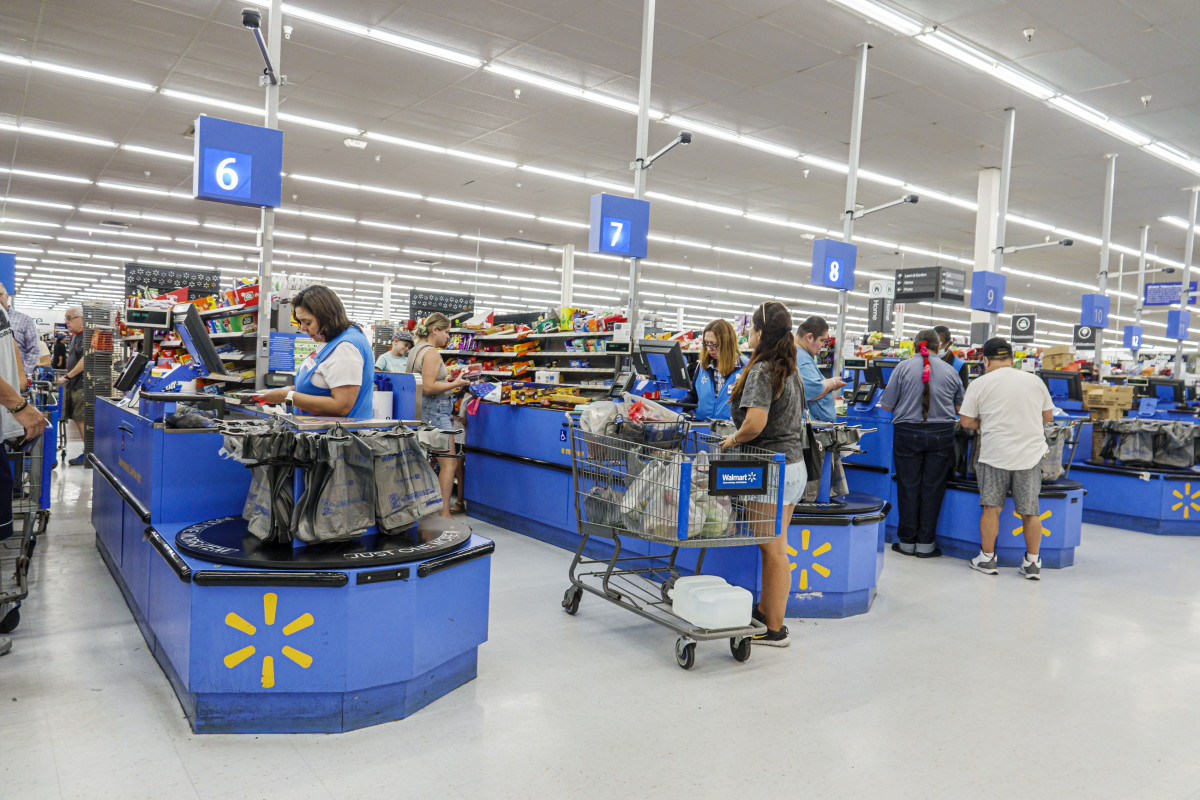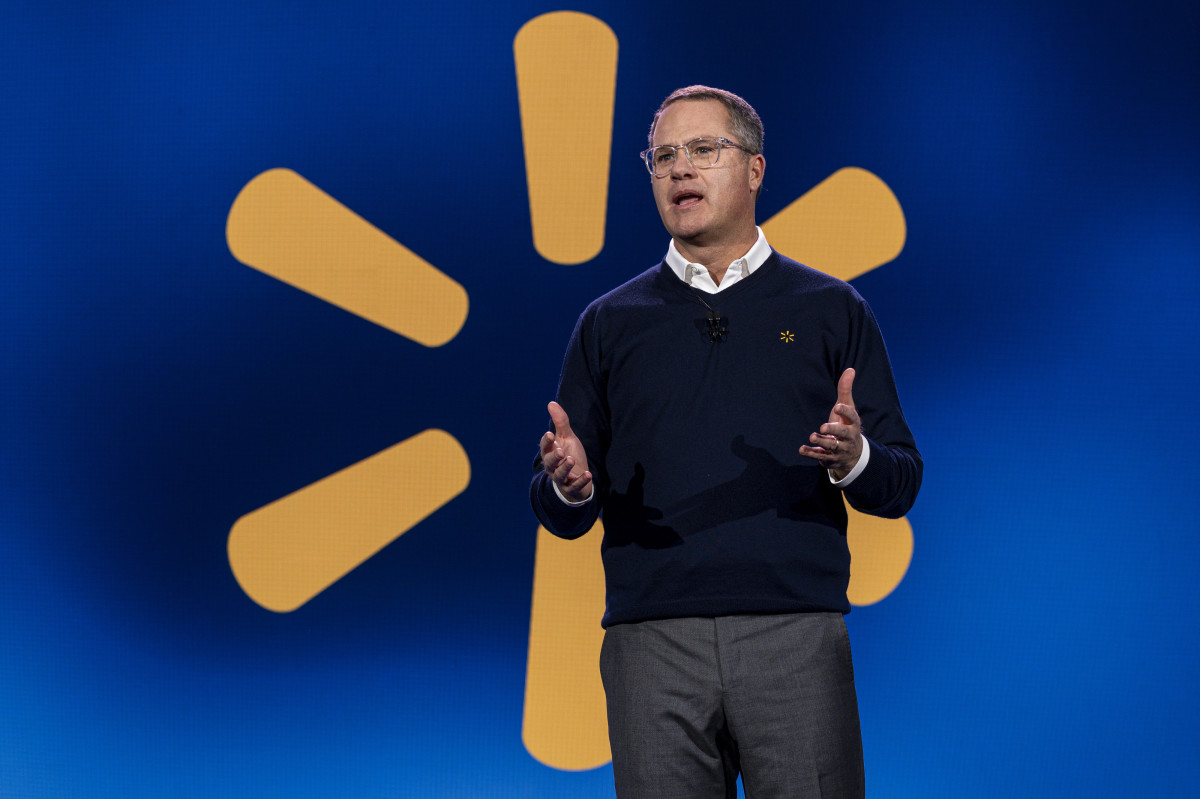
Walmart is determined to earn the title of North America's top retail company, but Amazon still seems to be taking the number one spot.
Walmart (WMT) and Amazon (AMZN) are both one-stop-shop retail giants with online and physical store presences. They also have similar target markets that value price and efficiency in shopping.
Related: Temu unveils new strategy in the spark of lawsuit
Each Goliath retailer racks up hundreds of billions of dollars in sales every quarter, yet there's still plenty of market share to fight over.
For instance, Walmart's revenue of $169.3 billion represents nearly 5% growth compared to a year ago, and Amazon's revenue of $148 billion represents nearly 10% growth compared to a year ago.
That's a lot of money, but total U.S. retail sales in the second quarter were $1,826.9 billion, according to the Census Bureau.

A battle rages on between two retail giants
For years, Walmart has lived up to its "Save money. Live better." slogan, prioritizing value by offering its customers lower prices and a wide selection of shopping categories.
It revealed its latest plan to outmaneuver Amazon on August 22.
Specifically, Walmart announced a partnership with Burger King. Starting in September, all Walmart+ members will receive 25% off all Burger King online orders and a free Whopper every three months with any purchase.
According to Walmart CEO C. Douglas McMillon and the company's Q2 earnings call, U.S. Walmart+ memberships grew in the double digits and 23% globally, yielding a 14.4% membership income growth.
The company's latest money-saving addition comes only months after Amazon announced its GrubHub+ partnership, which provides Prime members with a free one-year membership.
As of 2024, Amazon Prime currently has over 180 million subscribed members in the U.S., while Walmart+ has 31.8 million.
In this year's Q2, Amazon reported North America net sales of $90 billion, compared to Walmart's reported net sales of $115.3 billion in the U.S. and $29.6 billion internationally.
For those keeping score, Walmart reported earnings per share for Q2 of $0.67, up 9.8% from a year ago and exceeding analysts' average estimate of $0.53. Amazon reported earnings per share for Q2 of $1.26, up 10.5% from a year ago and exceeding analysts' average estimate of $1.14.
Targeting e-commerce through AI
Amazon has online retail down perfectly; it uses multiple AI-powered features to improve its customer service and experience, including Rufus for U.S. mobile, the Maestro playlist generator for Amazon Music, and AI search for Fire TV.
Related: Wayfair analyst sounds alarm on growing retail sales problem
However, Walmart also uses AI to power its online platform. Earlier this year, the company implemented conversational AI that gives customers advice, ideas, and assistance to improve their customer experience.
Amazon and Walmart switch roles
Walmart is known primarily as a physical grocery store but has been in the online shopping business since 2000. Since then, it introduced curbside pickup in 2013 and launched its InHome delivery and free NextDay delivery in 2019.
Walmart's dabble into online retail has paid off; the company's e-commerce sales grew by 21% globally and 22% in the U.S. compared to last year's Q2 results.
"Our store and club businesses are growing. Pickup is growing faster than our in-store or club sales, and delivery is growing even faster than pickup," said McMillon.
More Retail:
- Shein takes drastic action against fierce rival
- Latin America's version of Amazon is taking over e-retail
- Target strategy prevails as Macy's spirals with opposite plan
Unlike Walmart, Amazon is primarily known as an online retailer. However, in 2015, it expanded its market and opened its first physical store, Amazon Books.
Since then, Amazon has entered the Brick-and-mortar space by acquiring Whole Foods Market's grocery store chain in 2017, launching the self-checkout convenience store Amazon Go in 2018, and opening Amazon Fresh Store in 2020.
According to Amazon's Q2 earnings report, its Brick-and-mortar strategy generated $5.2 billion from its physical stores, signaling a 4% increase year over year.
Related: Veteran fund manager sees world of pain coming for stocks







